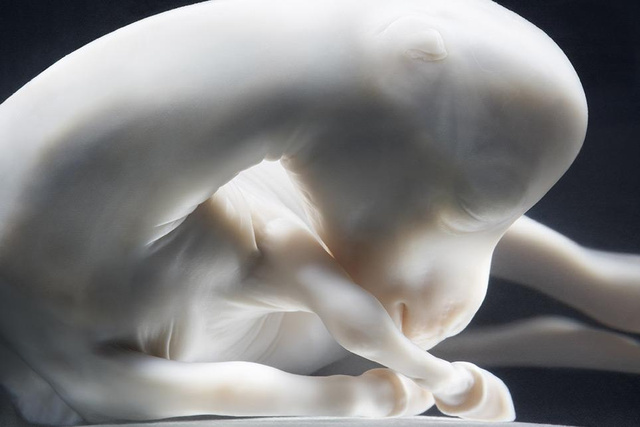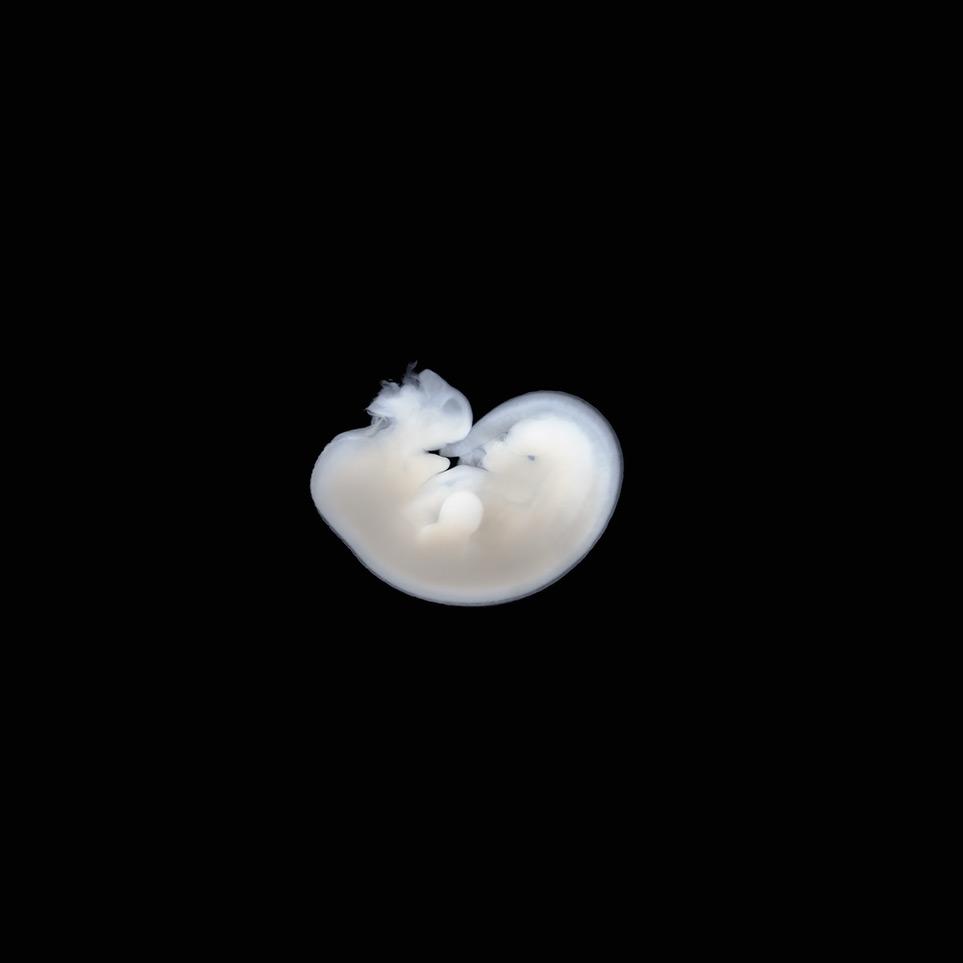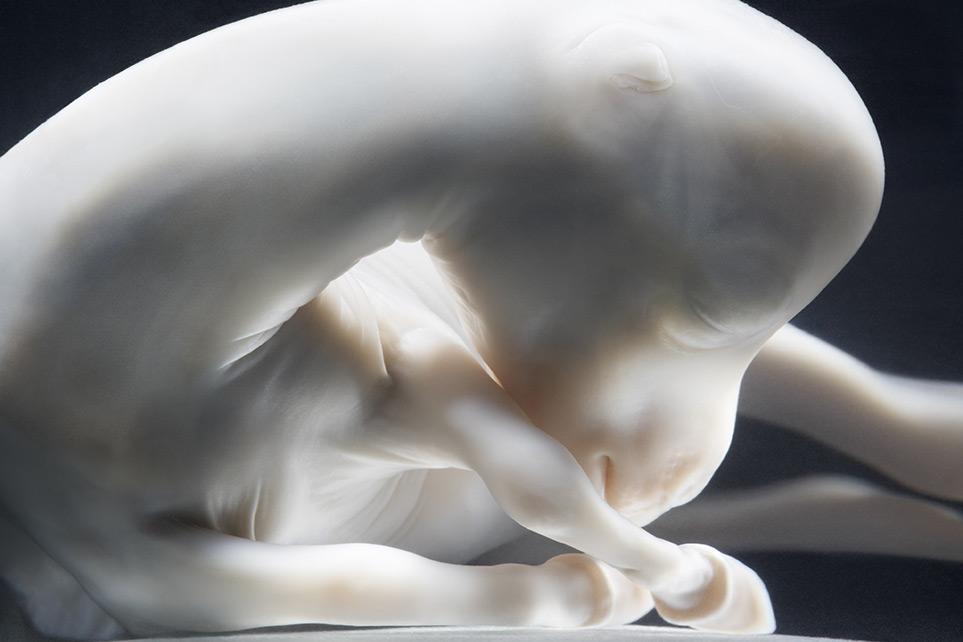This Incredible, Rare Photo Of A Horse Fetus Might Make You Believe In Unicorns
In its earliest, undifferentiated days, the milky white form might appear to be that of either human or equine. Remarkable!
What you are looking at is not a photo of some alien being from another planet but of a horse on the 85th day of gestation
The image is weirdly beautiful, almost magical. A peaceful beauty. We know it's a horse but it almost feels like a being from another planet.
Image via gawkerassets.com"The Serene Beauty of Horses in the Womb" showcases the stunning photography of Tim Flach as an equine embryo undergoes transfer from its mother to a surrogate at the Equine Fertility Unity
“Early humans went into caves and rendered pictures of horses,” says Tim Flach. “It’s an animal that is partnered with us.” Flach, a 55-year-old photographer in London, explores that relationship without including human beings in the pictures.
Instead, he has suggested the interspecies bond through stylized portraits of horses wearing medieval armor or racing colors.
Flach’s most intimate treatment of the subject—his documentation of the gestation of a horse—even reveals a biological resemblance. In its earliest, undifferentiated days, the milky white form might appear to be that of either human or equine.
But by day 85 the graceful, 5.5-inch-long figure—suspended in formalin and photographed through a glass container—is undeniably a horse. “I hope it inspires a sense of awe,” Flach says. “You’re seeing something in its design stages.”
This 10-day-old thoroughbred embryo was in transit between mares at the Equine Fertility Unit in Newmarket, United Kingdom. Flach had a matter of minutes to spend with a petri dish in order to capture this image.
In its earliest, undifferentiated days, the milky white form might appear to be that of either human or equine. Remarkable!
Image via smithsonianmag.comWhen scientists decoded the genome of the domesticated horse, they found that a horse’s chromosomes are arranged in similar ways to our own. Here, at day 30, the pearlescent organism could easily pass for any mammal—even human.
By day 65, the embryo has grown to two and three-quarters of an inch and has developed definitively equine features.




